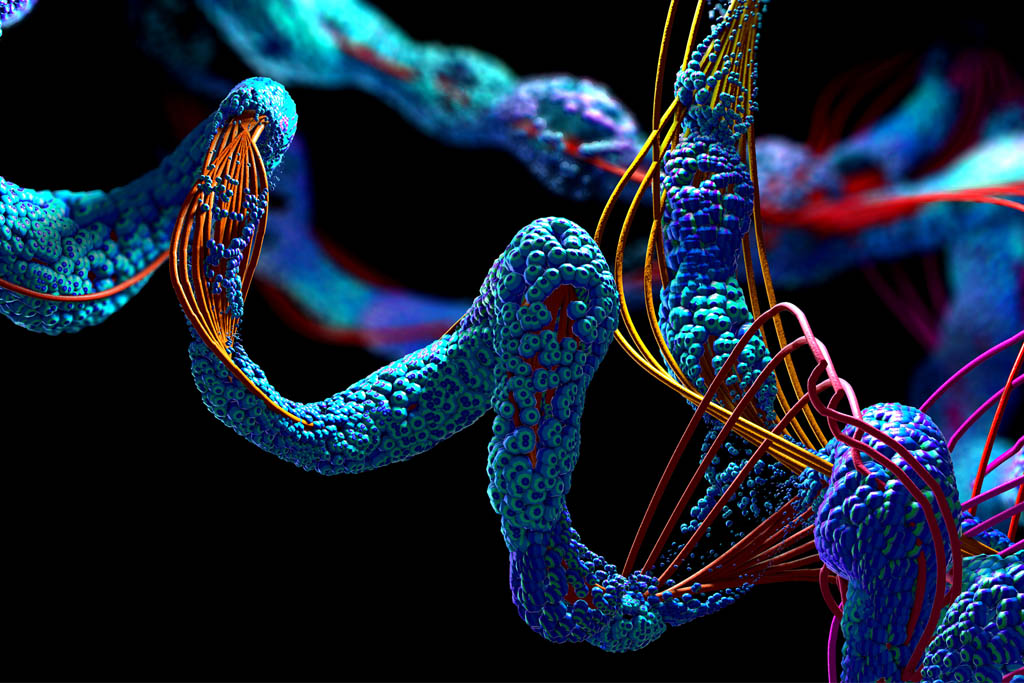Bioinformatics Research and the Shape of Proteins

Anyone planning a future in bioinformatics will come to learn about proteins — large, complex molecules that play many important roles in the body. Proteins regulate most of the work done by our cells. They enable the structure, function and regulation of the body’s tissues and organs. Here’s part two in a two-part look at proteins
Solving The Protein “Folding Problem.”
Today, biology researchers continue to try to better understand three aspects of these protein folding patterns:
- The folding code: the thermodynamic question of what balance of interatomic forces (say the interaction of nitrogen and hydrogen atoms) dictates the structure of the protein, for a given amino acid sequence.
- Protein structure prediction: the computational problem of how to predict a protein’s native structure from its amino acid sequence. Raw computing power and smart algorithms allow scientists to predict the structure of a protein by inputting the amino acid sequence into a computer. The advanced technology and modeling software allow scientists and researchers to form a predicted structure. Science continues to discover new genes and proteins, which means that other scientists race to predict structures.
- The folding process: the kinetics question of what routes or pathways some proteins use to fold and at what speeds. Recent kinetics experiments show that the rate of folding varies across different phases of the process. The amount of folded functional protein in a cell depends on several factors such as, rate of protein biosynthesis and degradation.
Underlying all of these ongoing areas of research is the question of the inherent stability of an individual protein segment.
As a future biology researcher or bioinformatician, you will advance this science and learn even more about what is generally called the “folding problem” — the limits of humankind’s ability to understand how a cell’s life relies on the ability of its constituent proteins to fold into 3D structures that are crucial for their function.
Your Future in Biology
John Carroll University biology majors move into careers in health science, environmental science, and a range of other life science fields. Concentrations in cell and molecular biology and environmental science prepares you for graduate programs and research positions in biology and related disciplines such as physiology, neuroscience, and evolutionary biology.
John Carroll is a private Jesuit university located in University Heights, Ohio, near Cleveland.
